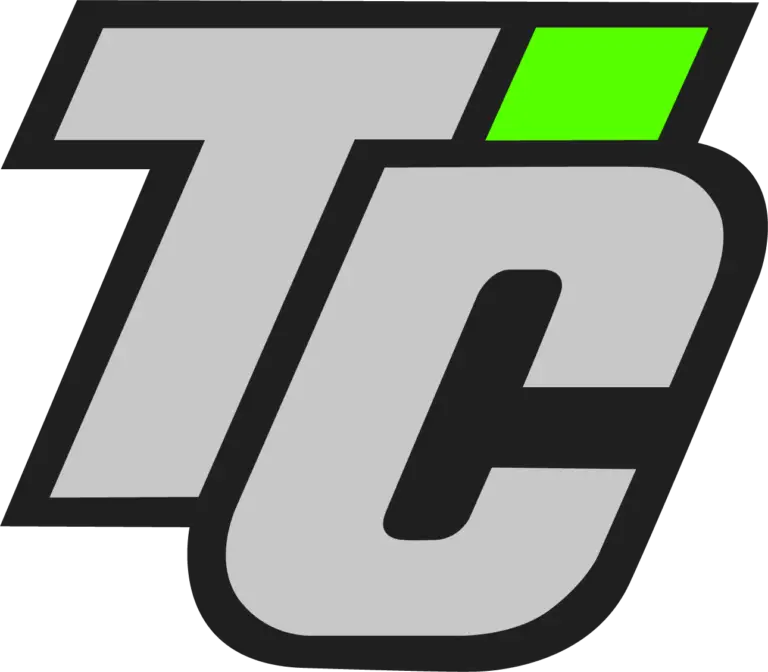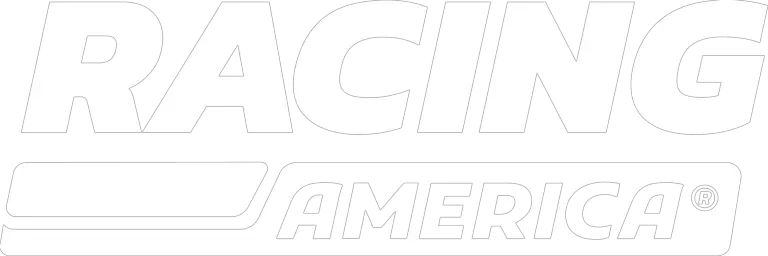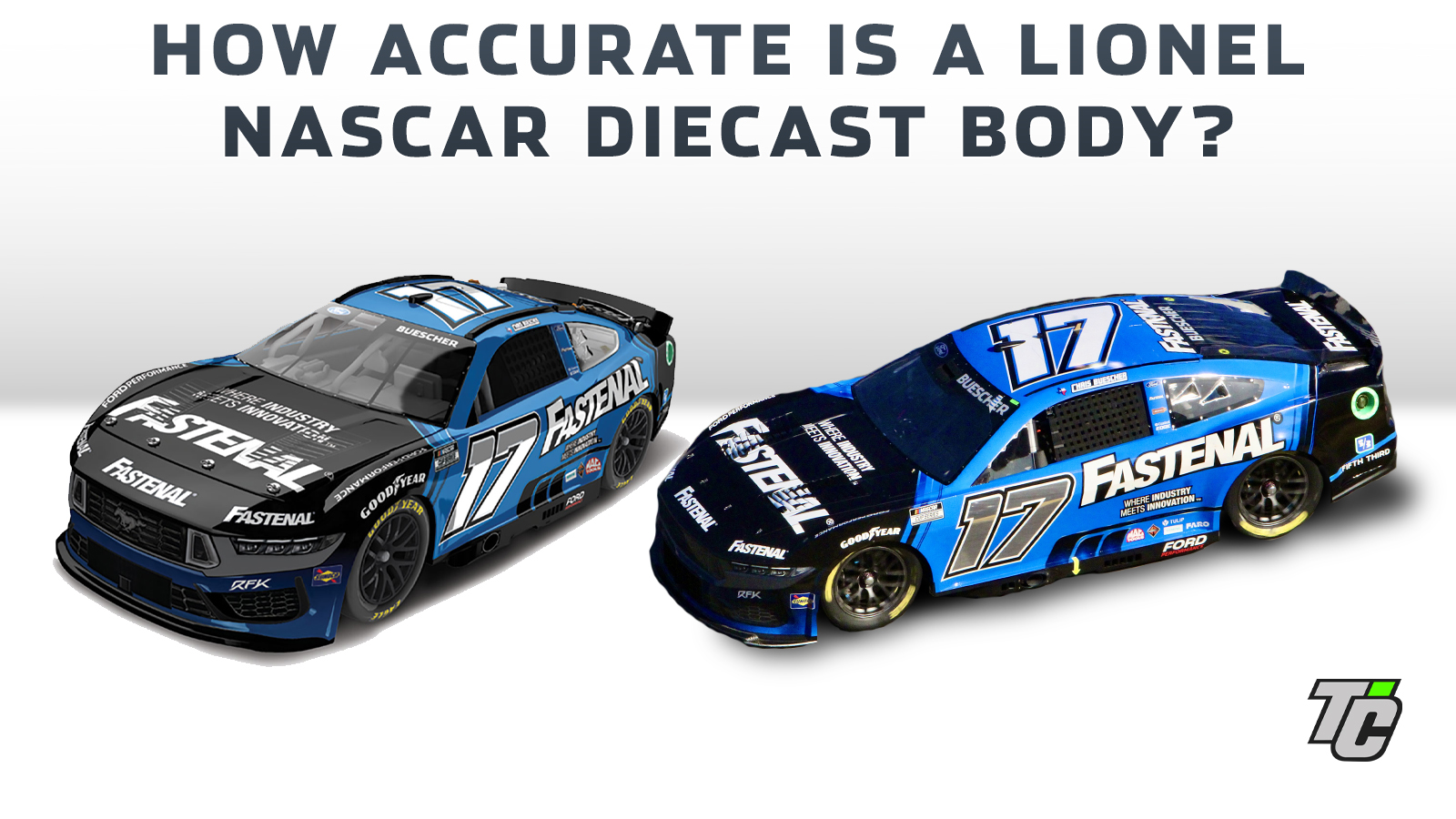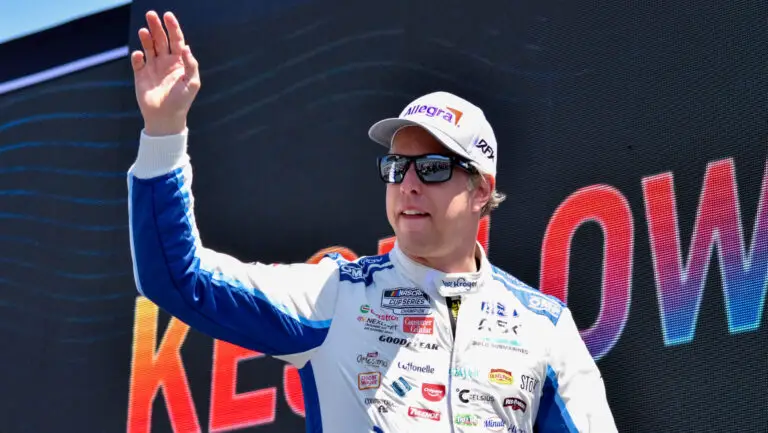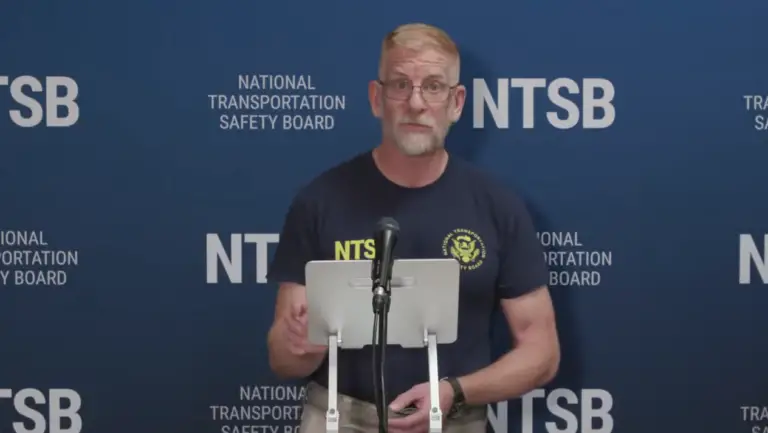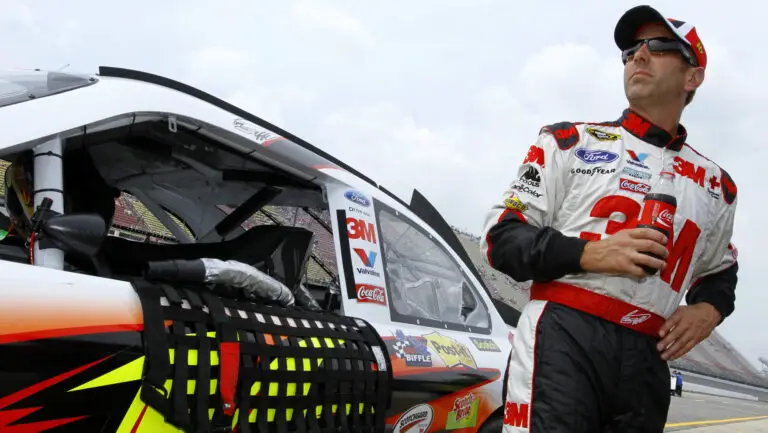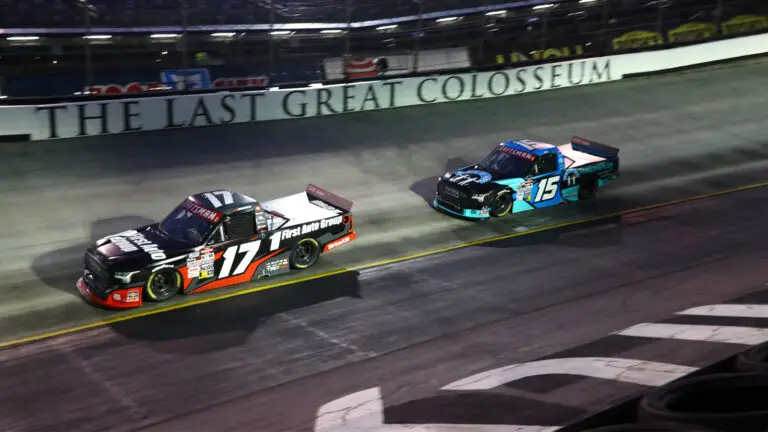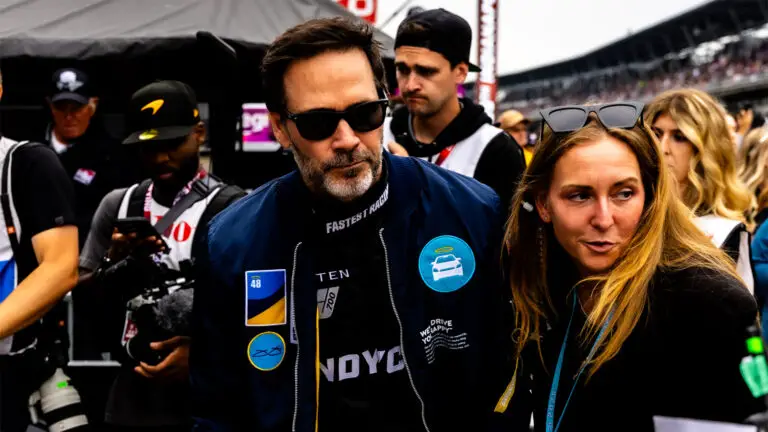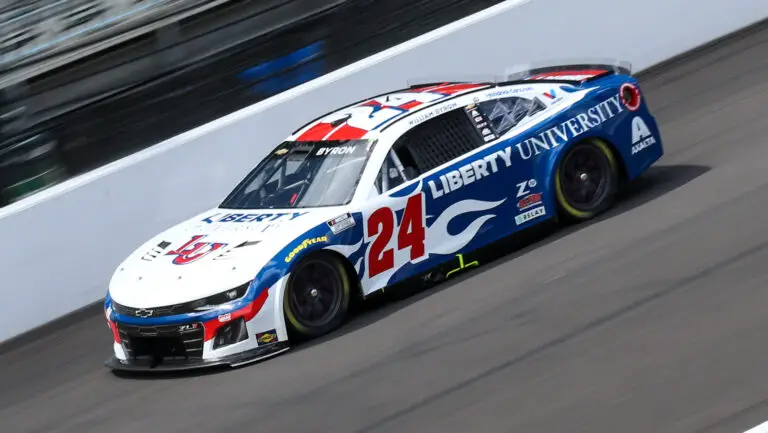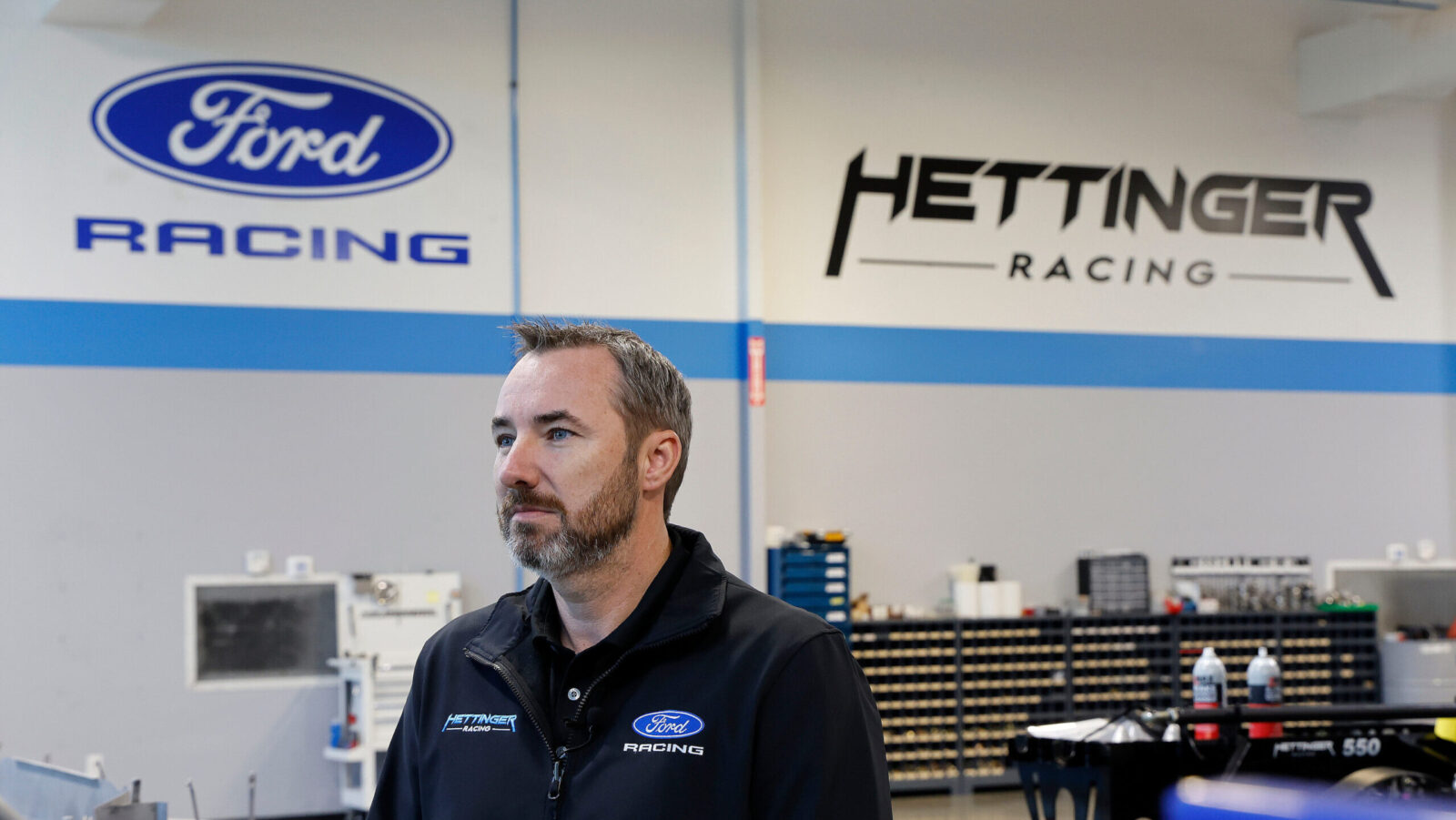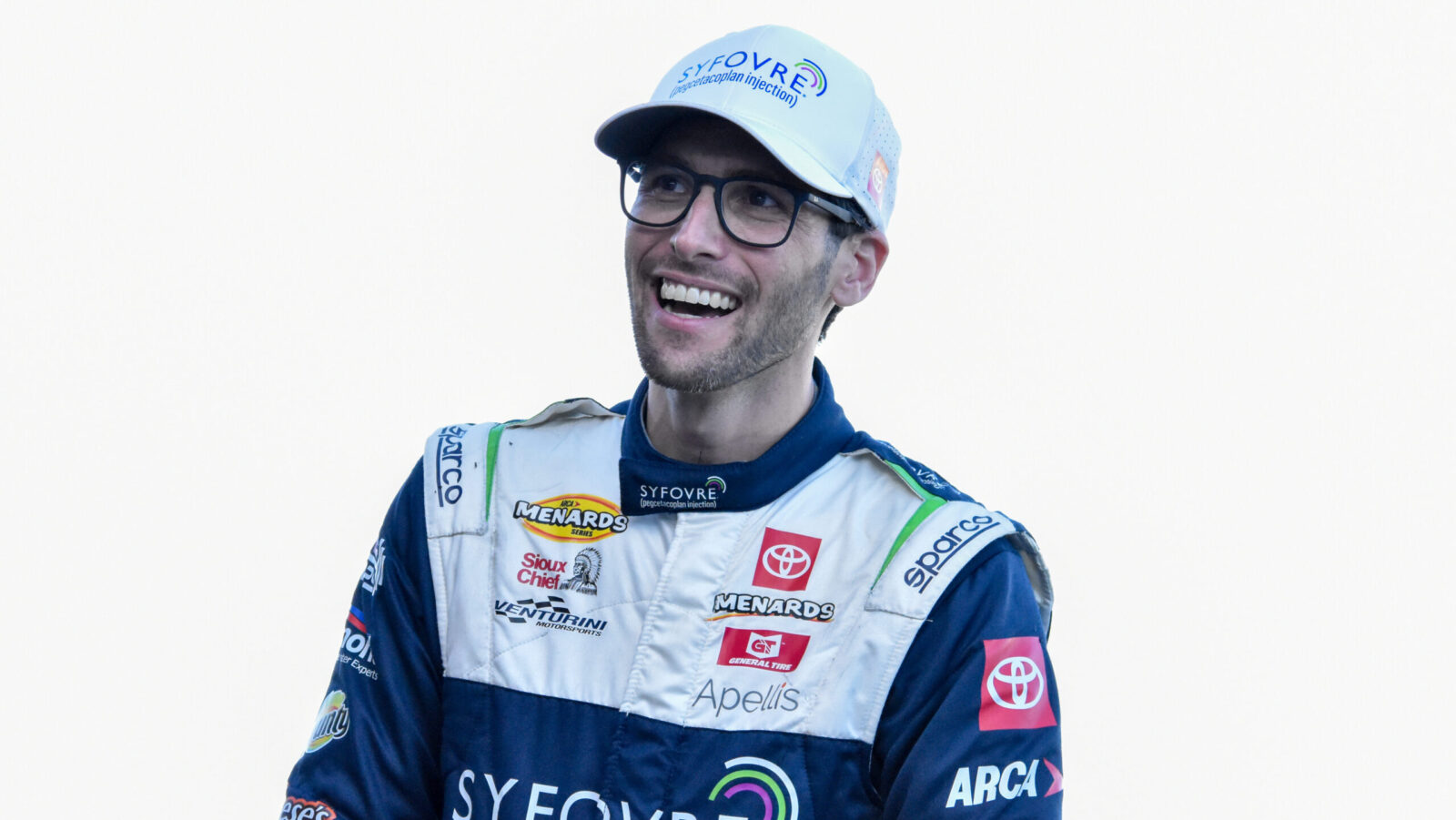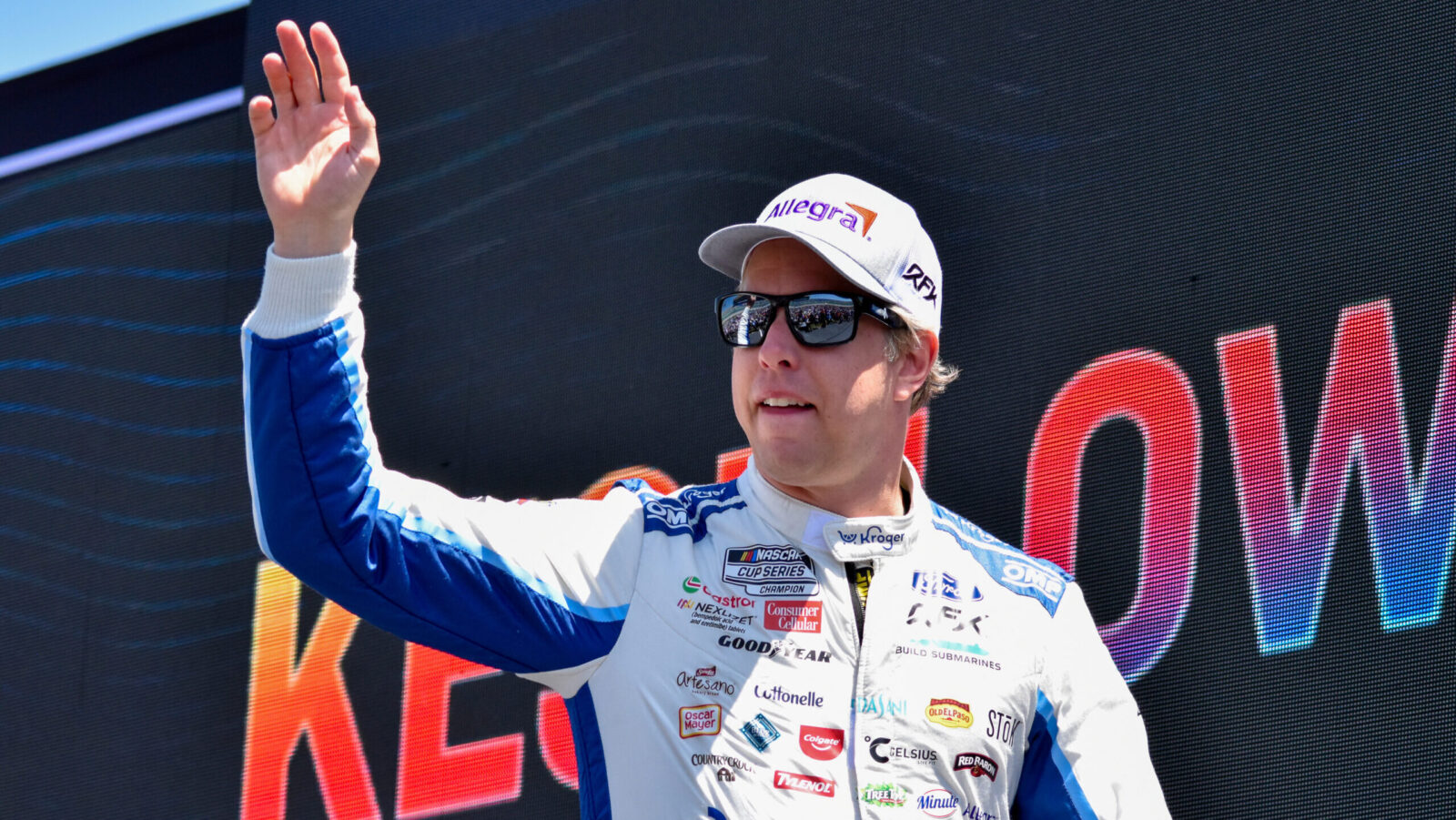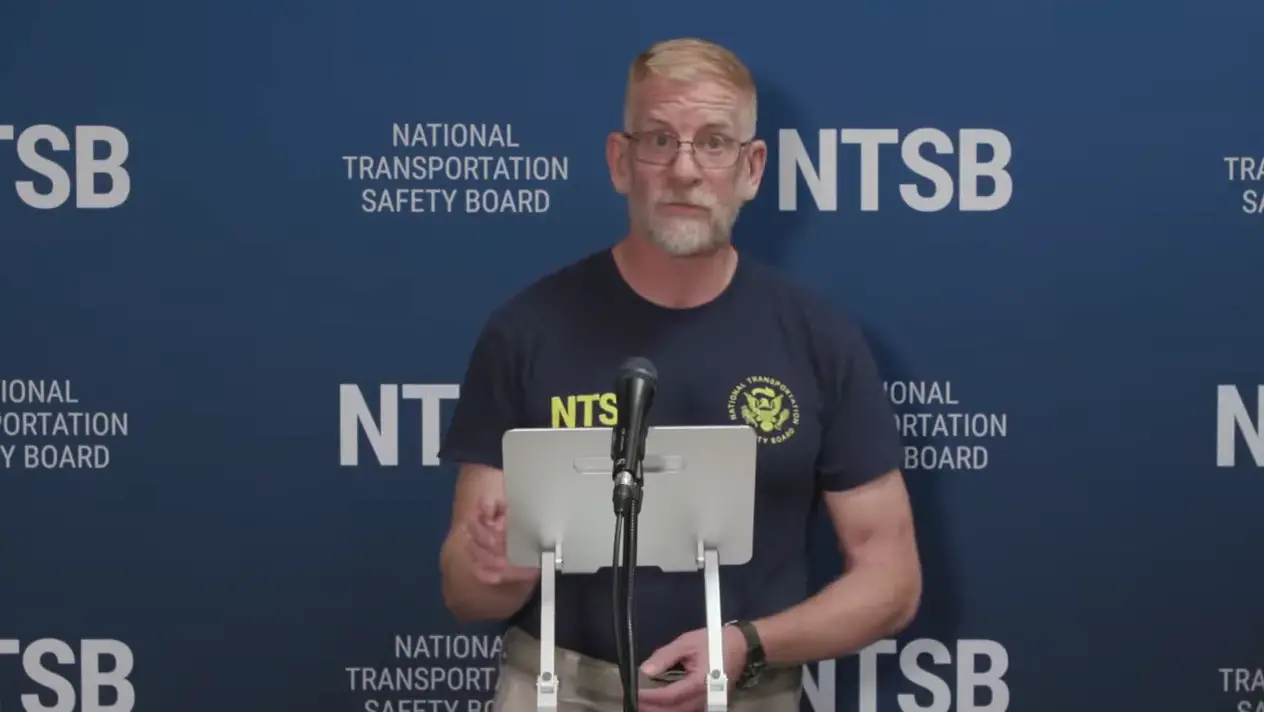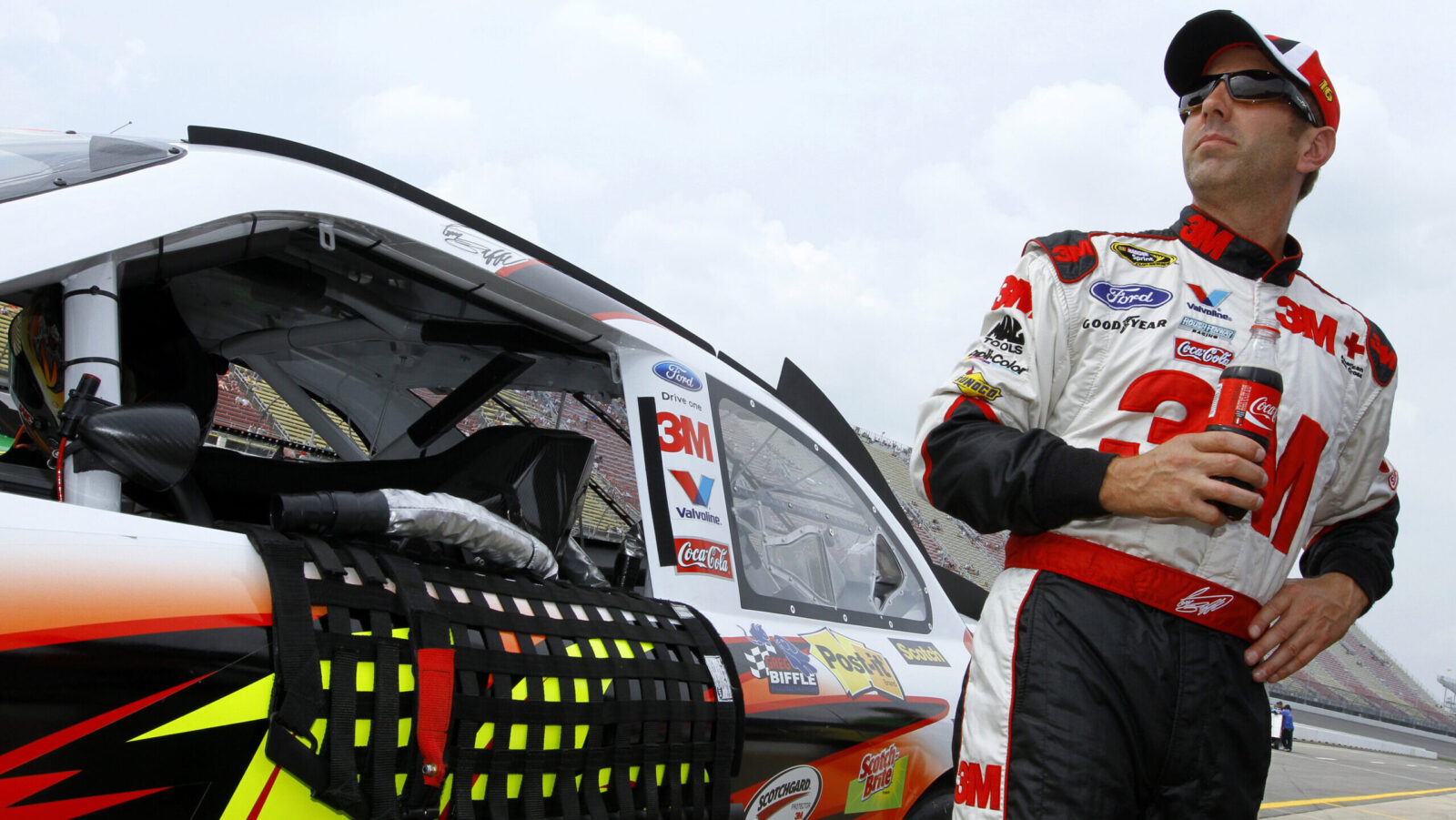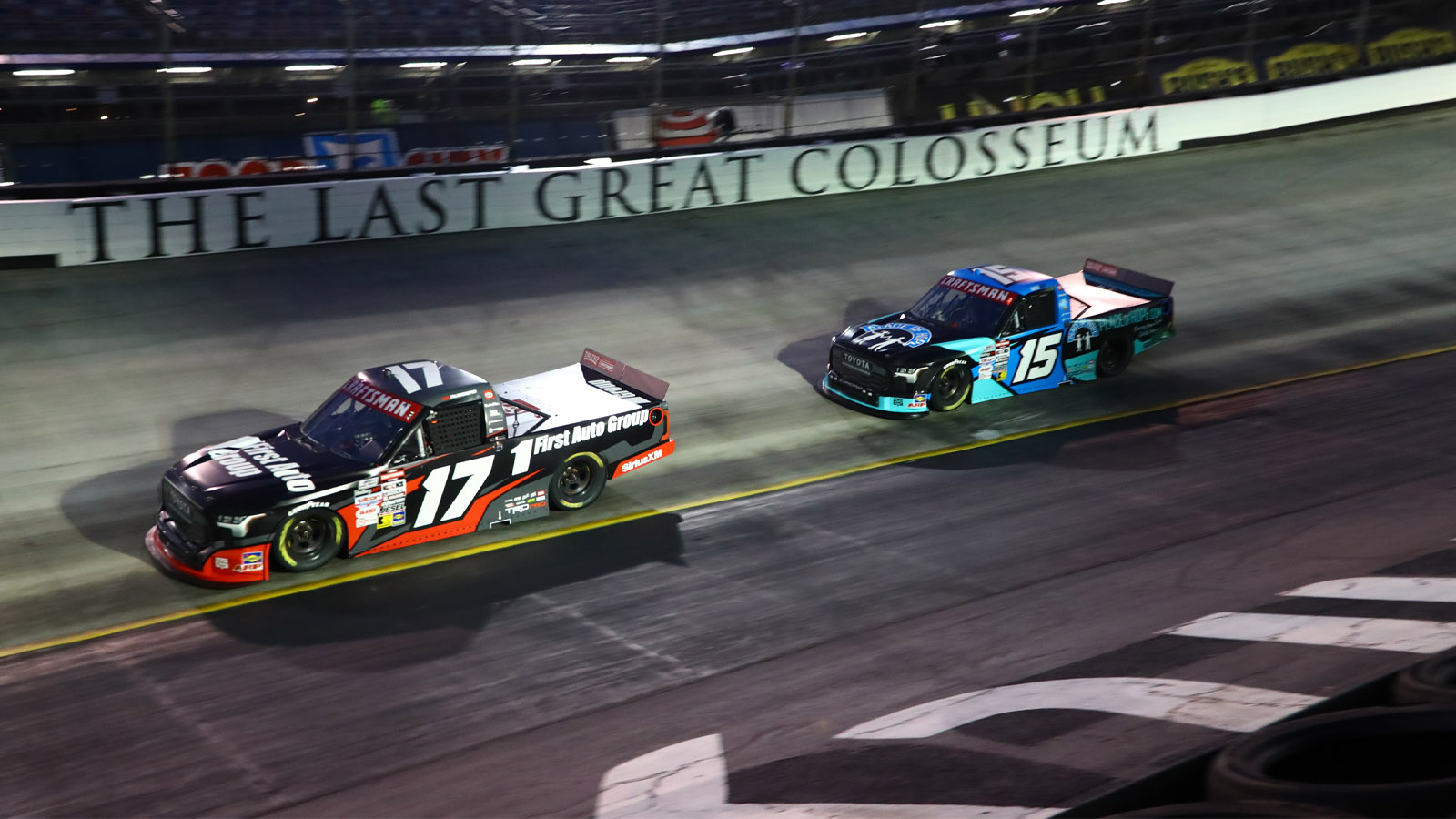When purchasing a NASCAR diecast, the key component every fan wants is for the car to have accuracy. You want that 1:24 scale replica that you are shelling out $85 to $130 for to truly represent the car that you see on the track every week in the NASCAR Cup Series.
How accurate are the diecast metal bodies on Lionel’s 1:24 scale NASCAR Next Gen diecasts compared to real-world race cars? If you’ve ever wondered about this, RFK Racing put the collector items to the test to see if they would pass NASCAR’s Optical Scanning Station scan in a recent video shared on the team’s social channels.
Before we get into the scan done by RFK Racing’s Varun Patel, let’s go into the nuts and bolts behind the 3D scanning of the real-world NASCAR Cup Series cars.
NASCAR Scans Each Car in Inspection
Each week, NASCAR Cup Series Next Gen cars are laser scanned by an optical scanning station (OSS) dubbed “Hawk-Eye” developed by a company called Hawk-Eye Innovations. That scanner utilizes high-definition cameras and lights, which could be mistaken for a rave inside the NASCAR inspection tent if you have never seen it operate. The result is a 3-D replication of every car in the NASCAR field.
Hawk-eye, and all 3D scanners, use heat maps to put each car to the test to make sure that cars are within specs to be deemed legal to use for the upcoming race weekend.
Prior to heading to the track, teams are tasked with getting their cars ready for “Hawk-Eye”, so they use their own OSS machines to dial their car in before loading it into the hauler for the weekend’s racing action.
RFK Racing’s Scanning Equipment, and the Test
RFK Racing utilizes a couple of different scanners within their race shop. The team uses a Quantum S Max FARO Arm, which is used for smaller parts and pieces relating to the race cars. A source tells TobyChristie.com the FARO Arm could technically scan the entire full-size Next Gen car, but the scan would take, “Hours upon hours,” to complete.
RFK Racing uses a larger 3D scanner produced by Creaform to scan their final car builds before heading to the track. Creaform shared a video of how its 3D scanner is used by race teams in a video on YouTube. In the December 2022 video, Creaform shows how Wayne Taylor Racing scans the underbody of its IMSA race cars to help the team better understand the aerodynamics of its cars.
Along with Romer and ATOS, FARO and Creaform make up the four biggest names in NASCAR metrology.
Due to the small size of NASCAR Diecasts, the FARO Arm is the perfect tool to scan the diecast to see just how close the toy on your desk is to the full-sized cars that hit the track each weekend. After applying 3D scanning spray to the diecast car, which makes the finish on the car appear matte rather than gloss, for the scanner to work properly, the car was placed on an eight-axis system, which serves as the plain for the car. Patel fired up the FARO Arm, and let it do its work.
How close in shape is a NASCAR Die-Cast to the actual race car? ?
We did our own “Hawkeye” scan pic.twitter.com/kOcybtRtAS
— RFK Racing (@RFKracing) July 25, 2024
While the full-size car takes RFK Racing roughly 45 minutes to scan with the Creaform scanner, the FARO Arm was able to complete the scan of the 1:24 scale diecast in just 45 seconds, according to the video.
After the scan was completed, FARO’s CAM2 3D Measurement Software was able to compare the diecast model scan to the CAD file of the full-size Ford Mustang Dark Horse race car. The end result was stunning. The diecast car was quite accurate, within 13-thousandths-of-an-inch in just about every measurable point of the car, which Patel explains in the video is roughly about the measurement of four pieces of paper stacked on top of one another.
RFK Racing shared the full scan with how close the measurements were in a response post to the video on X.
Screenshots from the full body scan and alignment with the NASCAR Ford Dark Horse Mustang. ? pic.twitter.com/Dt3d8xq4zT
— RFK Racing (@RFKracing) July 25, 2024
Okay, But How Close Was it to the Real-World Cars?
To put how close the diecast car is to the real-world counterpart, teams are given a 150-thousandths-of-an-inch variance by NASCAR on the overbody of their race cars, and a 200-thousandths-of-an-inch variance on the underbody of the cars during weekend inspection. This means the diecast cars, when upscaled to 1:1 sizing, would pass NASCAR’s OSS scan.
With Lionel’s diecasts landing within the variance for legal race cars in NASCAR’s OSS, I think we should see who builds a car closer to NASCAR specs — Lionel or RFK Racing? RFK Racing should scan one of its full-sized race cars with its Creaform 3D Scanner to see if it measures closer to the official CAD specs of the Ford Mustang Dark Horse race car than the Lionel Diecast models. I feel like that would be a fun follow-up video.
Regardless, the fun video from RFK Racing is an incredible testament to how far 3D scanning, CAD drawings, and the technology involved with diecast car production have come in recent years. A couple of decades ago, we had diecast cars that were awesome to look at, but they didn’t really have a truly accurate body compared to the real-world race cars. Nowadays, diecasts could pass weekend OSS inspection at the race track if they were scaled up.
